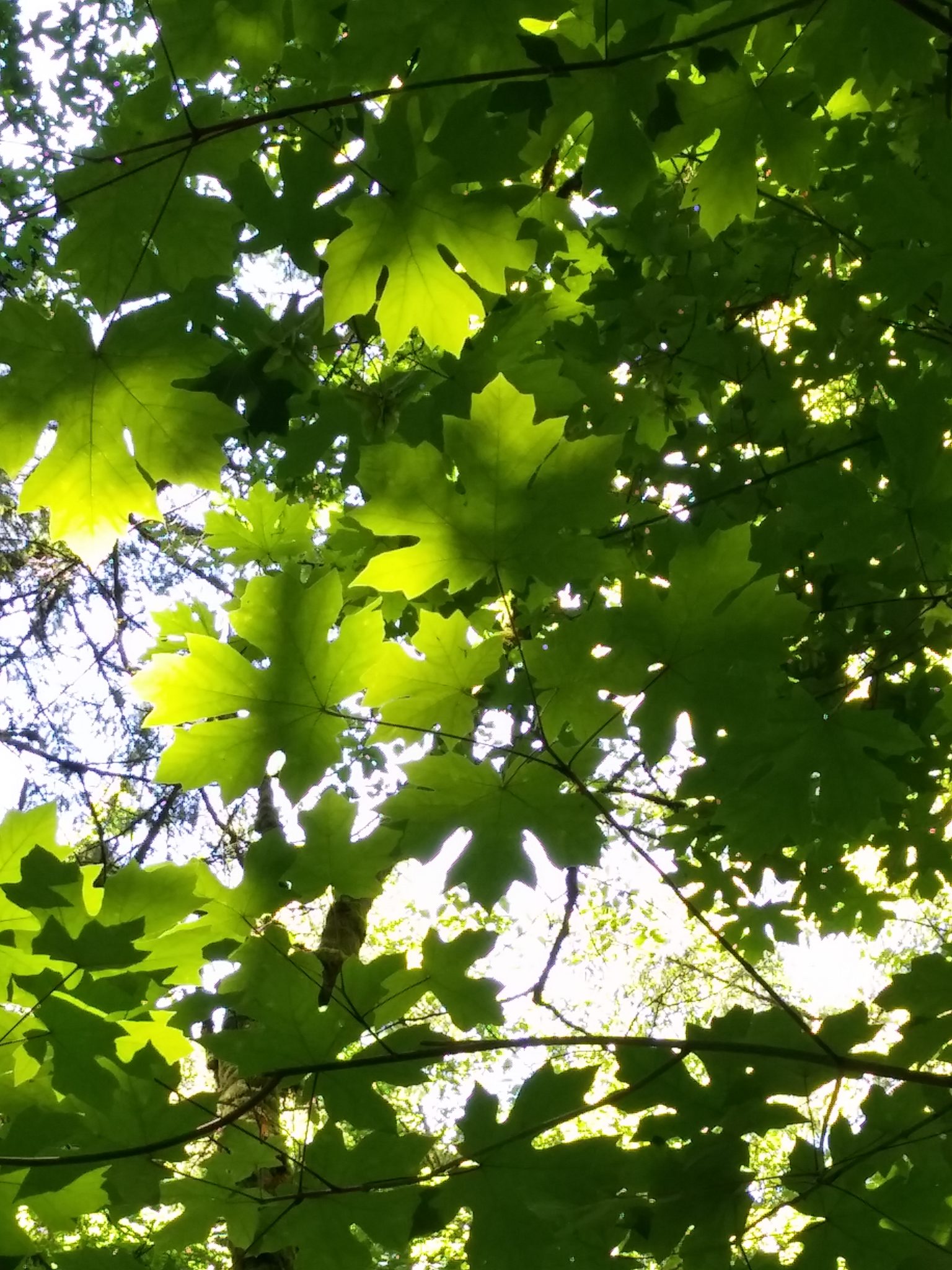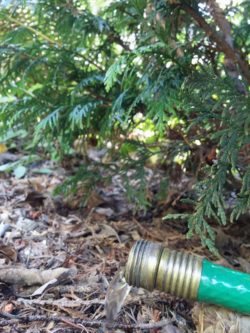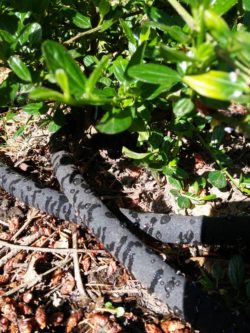
Preventing Drought Stress In Established Trees
Summers in the Portland area are very dry. While the dry weather is often blissful for the waterlogged human residents who endured the past eight months of rainfall, our trees can suffer drought stress. Drought stress occurs when limited access to water interferes with the tree’s normal growth processes.
Drought stress can limit root growth, limit tree growth due to dehydration-limited photosynthesis, cause branch die back, and affect the tree’s ability to transport water from the roots to the leaves even after the rain begins again in the fall. Drought stress can also make the tree more susceptible to insect infestation and disease. This is a preventable stressor that is easily avoided by tracking weather conditions and providing supplemental water if needed.
The tree’s watering needs will vary depending on its age, species, and planting location. Young trees require more frequent watering. See our blog post “Summer Water Needs For Newly Planted Trees” for guidance. Many tree species native to the Pacific Northwest are able to survive our dry summers with very little water once they become established. The soil type of the planting location determines how much water the soil will hold. Clay soils hold more water and drain more slowly than sandy soils. As weather conditions change, the tree’s water needs will also change. Wind and warm temperatures dry soils and plants more quickly. A tree planted in an exposed location will lose more water on a windy day than trees sheltered from the wind. A tree planted in a location that restricts the root zone growth will need more water than a tree planted in an open area. A tree with turf or dense plantings below it will need more water due to competition for the water.

There is no single watering amount that works for all trees, but there are general guidelines to follow for established trees.
• Water infrequently (monthly or biweekly), deeply (at least 18” deep), at a slow rate, at night.
• Water with a slow emitting hose or drip irrigation.
• Water near the drip line of the canopy instead of near the trunk.
• Allow the top of the root zone to dry out between waterings.
• To prevent fungal disease, ensure that the bark of the tree and the foliage are not being wetted by your mode of irrigation.
• Maintain a deep mulch layer at the base of the tree, but not touching the bark, to minimize evaporative water loss.

Throughout the dry season, watch for signs of drought stress in your trees to determine if your established tree needs more supplemental water.
Signs of drought stress in trees:
• Wilting leaves, often from top of tree down
• Yellowing leaves
• Crown thinning
• Browning of the leaves from outside in
• New leaves grown during times of drought stress are smaller than those grown during periods of adequate water
If the trend of hotter summers and lower annual rainfall continues, strategic supplemental watering of the established trees on your property may preserve your trees.


